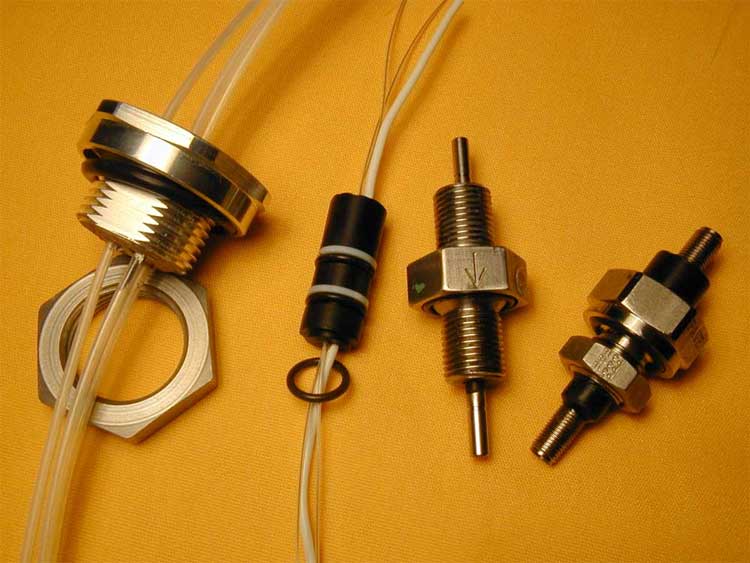Capitec’s* annual results for the year ended 29 February teach us two important things right now. Firstly, while they were excellent, results to 29 February of this year are meaningless. Anything before Covid-19 became a pandemic is interesting but tells us nothing about the next few years.
The bigger point is the disappearing dividends. Headline earnings per share was up 19{e93887a69cdd95d753f466db084bbc3aa0067124675315461d28d68a72842cc2} but the dividend was cancelled. If we take the 2019 final dividend of 1 120c per share and increase it by 19{e93887a69cdd95d753f466db084bbc3aa0067124675315461d28d68a72842cc2}, that would have been 1 332c. But dividends are disappearing fast. Earlier in April the Prudential Authority of the South African Reserve Bank (SARB) requested local banks not to pay “dividends on ordinary shares and no payments of cash bonuses to executive officers and material risk takers … in 2020”.
This makes sense. Sure, Capitec and the other banks have strong balance sheets and very adequate capital adequacy ratio requirements. But Covid-19 is the great unknown and conserving cash for now is good business sense. In Capitec’s case, skipping the dividend saves the company a little over R1.5bn, which may go a long way; Covid-19 will lead to rising bad debts, increased expenses and lower business activity for at least the rest of 2020 and likely for a few years going forward.
Other financial industry companies will also have a hard look at dividends; the property sector is already delaying and will certainly start cancelling dividend payments. In fact, it’s only miners that will really continue with dividends and – to a lesser degree – food retail outlets, which carry less risk and continue to operate during the lockdown.
For me, not receiving dividends is not the end of the world. I like the cash flow that comes from them, but I’m not using that money for living; I rather just invest it back into the market.
But for a significant portion of investors dividends are a particularly important part of their retirement strategy as cash flow for living expenses, not reinvesting. An alternative that I have written about before in finweek is preference shares, which pay chunky dividends. Grindrod’s preference share, for example, and – at one point – major bank preference shares, offered yields of over 13{e93887a69cdd95d753f466db084bbc3aa0067124675315461d28d68a72842cc2} in recent weeks.
The SARB’s statement does not preclude paying these dividends, but there remains a problem. These dividend payments are linked to the prime rate, and they average at about 80{e93887a69cdd95d753f466db084bbc3aa0067124675315461d28d68a72842cc2} of the prime interest rate and based on the preference share issue price. But prime is now 7.75{e93887a69cdd95d753f466db084bbc3aa0067124675315461d28d68a72842cc2}, having been cut by 2.25 percentage points this year already, with more cuts a distinct possibility. So, these preference share yields are falling. One benefit is that they’re taxed as dividends at 20{e93887a69cdd95d753f466db084bbc3aa0067124675315461d28d68a72842cc2}. Still, an investor is getting less yield.
There is, however, another option – the RSA Retail Savings Bonds from National Treasury. The fixed two-year rate is 7.75{e93887a69cdd95d753f466db084bbc3aa0067124675315461d28d68a72842cc2}, three-year 9{e93887a69cdd95d753f466db084bbc3aa0067124675315461d28d68a72842cc2} and the five-year a whopping 11.5{e93887a69cdd95d753f466db084bbc3aa0067124675315461d28d68a72842cc2}. That’s impressive, but some terms and conditions apply. They are fixed term with interest paid twice a year or monthly for pensioners. The capital can be withdrawn early (after a year) but a penalty applies and, most importantly, is the tax consideration. The interest you receive on these bonds is taxable.
The first R23 800 of interest income is exempt if you are under 65. If you are older, then the first R34 500 is tax exempt. Any interest above these amounts is added to your income and taxed accordingly at your marginal tax rate. So, these bonds may not be the most tax-effective investment vehicle for larger sums of money, but right now an 11.5{e93887a69cdd95d753f466db084bbc3aa0067124675315461d28d68a72842cc2} return before tax is attractive, especially if income is important to you.
These bonds have to be bought directly from Treasury’s website and the rate offered changes monthly, so May’s rate could be higher or lower than April’s. But don’t try to time this. If you like the rate, grab it.
*The writer owns shares in Capitec.
This article originally appeared in the 7 May edition of finweek. Buy and download the magazine here or subscribe to our newsletter here.




More Stories
Must-Know Business News to Stay Ahead in 2024
The Latest Business News Shaping the Global Market
How Business News Is Influencing Economic Growth